Can’t be done? We’ll see about that!
We love hearing that something can’t be done. In fact, it’s how we got our start. Our founders were told over and over again that their idea for a portable device to measure hemoglobin in blood wouldn’t work.
But they proved the doubters wrong and created a device that revolutionized how hemoglobin is analyzed. That opened the door to a range of other point-of-care solutions, including systems for measuring glucose, taking white blood cell counts and detecting infections.
As we celebrate the 40th anniversary of the first sale of our founders’ hemoglobin device, we are pleased to share stories of innovations past and present, and give a glimpse of what is coming in the future.
We love hearing that something can’t be done. In fact, it’s how we got our start. Our founders were told over and over again that their idea for a portable device to measure hemoglobin in blood wouldn’t work.
But they proved the doubters wrong and created a device that revolutionized how hemoglobin is analyzed.
That opened the door to a range of other point-of-care solutions, including systems for measuring glucose, taking white blood cell counts and detecting infections.
As we celebrate the 40th anniversary of the first sale of our founders’ hemoglobin device, we are pleased to share stories of innovations past and present, and give a glimpse of what is coming in the future.
DRIVEN TO MAKE THE
IMPOSSIBLE POSSIBLE
Persistence and Determination led to a Revolutionary Breakthrough in Hemoglobin Measurement.
The story of HemoCue begins in the southern Swedish town of Kristianstad, where Jan Lilja worked in a hospital as a lab technician. As luck would have it, it was one of the first labs in Sweden to start using computers. A young computer engineer named Sven-Erik Nilsson was hired to work on the new systems.
And an innovative collaboration was born.


DRIVEN TO MAKE THE
IMPOSSIBLE POSSIBLE
Persistence and Determination led to a Revolutionary Breakthrough in Hemoglobin Measurement.
The story of HemoCue begins in the southern Swedish town of Kristianstad, where Jan Lilja worked in a hospital as a lab technician. As luck would have it, it was one of the first labs in Sweden to start using computers. A young computer engineer named Sven-Erik Nilsson was hired to work on the new systems.
And an innovative collaboration was born.
Jan Lilja and Sven-Erik Nilsson spent a great deal of time traveling to doctors’ offices to service laboratory instruments and photometers used for hemoglobin measurement. It was the 1970s, and measuring hemoglobin at the time was a time-consuming, labor-intensive process. There were many manual steps, which led to errors and inaccurate results. This meant that doctors could not rely on the results, and therefore did not have an complete picture of their patients’ health. Jan and Sven-Erik experienced these inadequacies regularly on their service visits. They agreed that it was unacceptable and set out to find a better way. The development of what was to become the HemoCue hemoglobin system was not the result of any single “Aha!” moment or a flash of genius. It was a slow, methodical process. The most pressing issue was getting a precise amount of blood and chemical reagent to spread evenly on a cuvette, so that it could be analyzed in a photometer. They had read about microcuvettes and believe they could use this new technology. Their idea was to create a microcuvette with a small cavity which would encase the mixture to be analyzed. The manufacturer of cuvettes told them it was impossible because the tolerances required for such a device could never be achieved. So they made the cuvettes on their own. Along the way, the pair experienced the same issues many other startups encounter, including raising funds, which was always challenging. In 1979 they entered a partnership with Swedish pharmaceutical company Leo, which provided financing and lab facilities. After two more years of fine tuning, developing a stable chemical reagent, and solving production challenges, they finally had a device that was ready for commercialization. On October 26, 1982, the first photometers were sold to the Kristianstad Municipal Health District. Jan Lilja and Sven-Erik Nilsson had realized their dream. They could provide a safe, effective, lab-accurate hemoglobin measurement device to the doctors and laboratories they had supported so many years earlier. Inaccuracies in measuring hemoglobin led to poor patient care
There was no flash of genius – a slow methodical process
After overcoming many obstacles, Jan and Sven-Erik’s dream is realized
Jan Lilja and Sven-Erik Nilsson spent a great deal of time traveling to doctors’ offices to service laboratory instruments and photometers used for hemoglobin measurement. It was the 1970s, and measuring hemoglobin at the time was a time-consuming, labor-intensive process. There were many manual steps, which led to errors and inaccurate results. This meant that doctors could not rely on the results, and therefore did not have an complete picture of their patients’ health. Jan and Sven-Erik experienced these inadequacies regularly on their service visits. They agreed that it was unacceptable and set out to find a better way. The development of what was to become the HemoCue hemoglobin system was not the result of any single “Aha!” moment or a flash of genius. It was a slow, methodical process. The most pressing issue was getting a precise amount of blood and chemical reagent to spread evenly on a cuvette, so that it could be analyzed in a photometer. They had read about microcuvettes and believe they could use this new technology. Their idea was to create a microcuvette with a small cavity which would encase the mixture to be analyzed. The manufacturer of cuvettes told them it was impossible because the tolerances required for such a device could never be achieved. So they made the cuvettes on their own. Along the way, the pair experienced the same issues many other startups encounter, including raising funds, which was always challenging. In 1979 they entered a partnership with Swedish pharmaceutical company Leo, which provided financing and lab facilities. After two more years of fine tuning, developing a stable chemical reagent, and solving production challenges, they finally had a device that was ready for commercialization. On October 26, 1982, the first photometers were sold to the Kristianstad Municipal Health District. Jan Lilja and Sven-Erik Nilsson had realized their dream. They could provide a safe, effective, lab-accurate hemoglobin measurement device to the doctors and laboratories they had supported so many years earlier. Inaccuracies in measuring hemoglobin led to poor patient care
There was no flash of genius – a slow methodical process
After overcoming many obstacles, Jan and Sven-Erik’s dream is realized
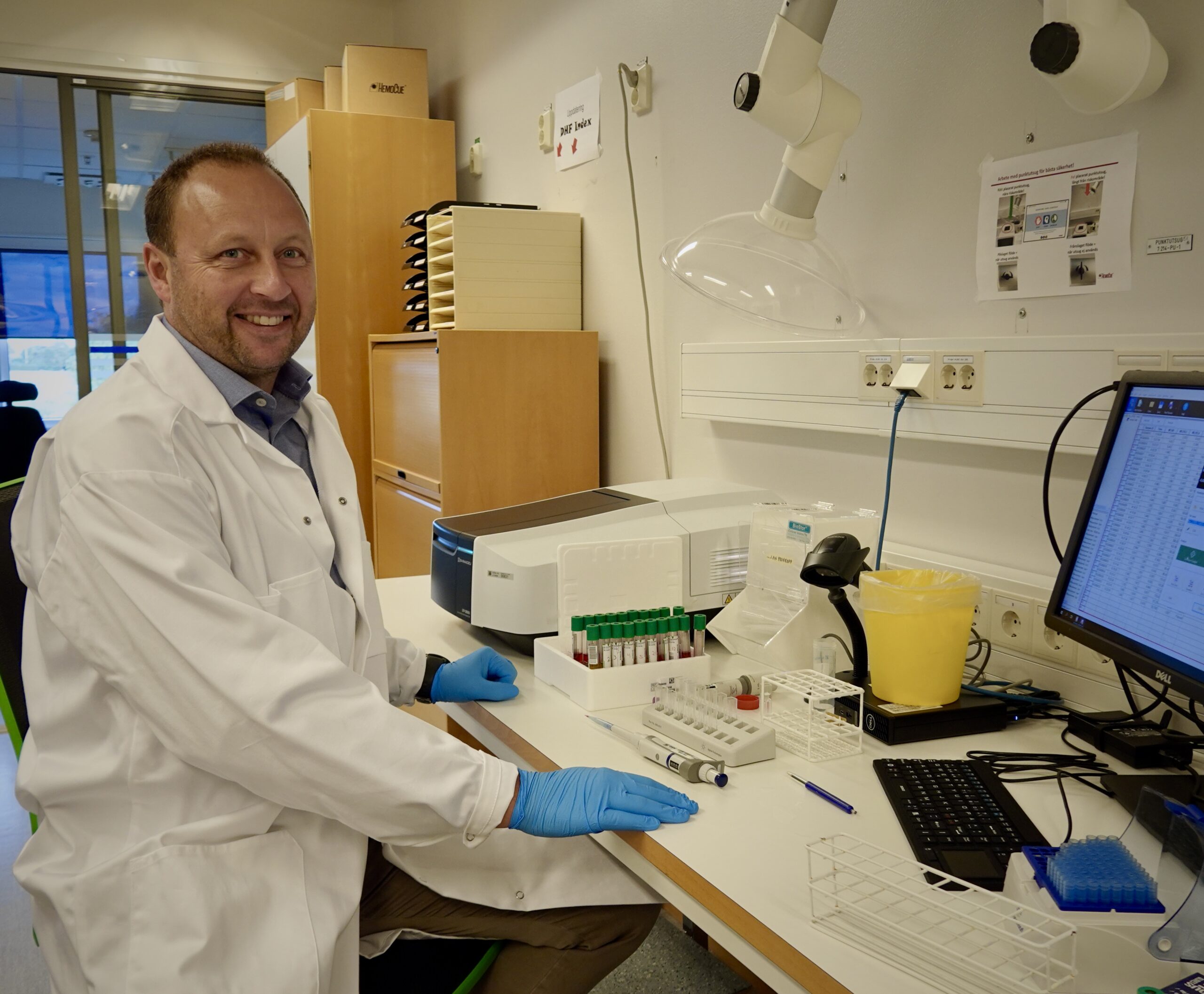
ONE MAN, A VACUUM CLEANER AND A DREAM
The Story of How Non-Reagent Cuvettes went from Impossible to Industry Standard
In an emergency medical situation, time is of the essence. The sooner medical personnel can ascertain a patient’s situation, the sooner they can begin treatment. HemoCue’s original analyzers provided lab-accurate hemoglobin results in about 60 seconds.
Joakim Pettersson in HemoCue’s R&D department believed they could be faster. His solution took some unconventional thinking.

ONE MAN, A VACUUM CLEANER AND A DREAM
The Story of How Non-Reagent Cuvettes went from Impossible to Industry Standard
In an emergency medical situation, time is of the essence. The sooner medical personnel can ascertain a patient’s situation, the sooner they can begin treatment. HemoCue’s original analyzers provided lab-accurate hemoglobin results in about 60 seconds.
Joakim Pettersson in HemoCue’s R&D department believed they could be faster. His solution took some unconventional thinking.
HemoCue’s method for analyzing hemoglobin in blood was groundbreaking when it was launched in 1982. But that doesn’t mean it could not be improved upon. The HemoCue analyzers provided lab-accurate hemoglobin results in around 60 seconds. In an emergency medical situation, however, every second counts. Joakim Pettersson started as a Quality Assurance Specialist at HemoCue in 1993 and moved to R&D in 1996. Joakim believed that, even though HemoCue’s analyzers had a solid reputation for high quality and accuracy, they needed to be faster. His solution took some unconventional thinking. First, a quick chemistry lesson HemoCue’s original hemoglobin systems work by mixing a drop of blood with a chemical reagent in a microcuvette. The reagent separates hemoglobin from the red blood cells in a process called hemolysis and then a chemical reaction takes place to form a new stable hemoglobin complex. Once hemolysis is achieved and the reaction complete, the mixture is analyzed with a photometer to measure how much hemoglobin is present. In the early 2000s, it was thought that a photometer would not be able to get an accurate reading without hemolysis. There would be too much interference from whole blood cells and results would be skewed. This was considered to be settled fact. Yet Joakim believed it could be done and knew that taking the hemolysis step out would dramatically speed up the process. In 2001, he set out to develop a new method to measure hemoglobin without hemolysis. He just had one challenge to overcome: he was already working on other projects that took up all of his time. Undeterred, Joakim decided that, if he couldn’t work on his idea during normal work hours, he would just come to the lab in the evenings and see what he could figure out on his own. Sometimes, an idea that sucks is exactly what you need Joakim started out by adjusting the optics of the built-in photometer of HemoCue’s hemoglobin analyzer. Soon he realized that, with the right algorithm, a photometer could indeed measure hemoglobin in whole blood. So far so good. The next hurdle he encountered was getting a drop of blood into a “dry” cuvette with only capillary force. Cuvettes filled with reagent are hydrophilic, which means they attract water, creating a natural suction that draws blood into the cuvette. Joakim figured he could recreate this by using a detergent-like solution, which had the same hydrophilic properties as a reagent. He injected the solution into a cuvette, dried it out, and it did indeed work to draw in blood. However, he realized that it was difficult to inject the right amount of solution into the cuvette without risking hemolysis or interfering with hemoglobin measurement. Only a tiny amount was needed, but it still had to coat the inner cavity of the cuvette. Inspiration struck one night, and he grabbed a vacuum cleaner as he was leaving his house. Back at the lab, he injected a cuvette with the solution as usual, but then used his vacuum cleaner to immediately suck it out again. This removed most of the solution, but just enough residue was left in the cuvette to create the needed suction. Now he had a working prototype: an analyzer and cuvette that could measure hemoglobin without reagent. But he still hadn’t told his boss what he was working on. A bit nervous, Joakim approached his manager and told him what he had been up to. There had been no reason to be worried. His manager immediately saw the value of what Joakim had done and told him to drop everything else and focus exclusively on this invention. From an impossibility to industry standard Now working in the light of day, Joakim was able to speed up the development of his new hemoglobin system. He and a team of researchers transformed the prototype into a working product. The HemoCue Hb 301, an analyzer using Joakim’s non-reagent cuvettes, was launched in 2006. The product was extremely stable and drastically cut down the time it takes to measure hemoglobin. In 2018, an updated version, the Hb 801, was launched. It can provide lab-accurate hemoglobin results in less than one second. Joakim’s innovations formed the basis for several other medical measurement devices. What had been considered impossible is now industry standard.Even groundbreaking innovations can be improved
Where there’s a will there’s a way
So, Boss, you’ll never guess how I’ve been spending my evenings…
HemoCue’s method for analyzing hemoglobin in blood was groundbreaking when it was launched in 1982. But that doesn’t mean it could not be improved upon. The HemoCue analyzers provided lab-accurate hemoglobin results in around 60 seconds. In an emergency medical situation, however, every second counts. Joakim Pettersson started as a Quality Assurance Specialist at HemoCue in 1993 and moved to R&D in 1996. Joakim believed that, even though HemoCue’s analyzers had a solid reputation for high quality and accuracy, they needed to be faster. His solution took some unconventional thinking. First, a quick chemistry lesson HemoCue’s original hemoglobin systems work by mixing a drop of blood with a chemical reagent in a microcuvette. The reagent separates hemoglobin from the red blood cells in a process called hemolysis and then a chemical reaction takes place to form a new stable hemoglobin complex. Once hemolysis is achieved and the reaction complete, the mixture is analyzed with a photometer to measure how much hemoglobin is present. In the early 2000s, it was thought that a photometer would not be able to get an accurate reading without hemolysis. There would be too much interference from whole blood cells and results would be skewed. This was considered to be settled fact. Yet Joakim believed it could be done and knew that taking the hemolysis step out would dramatically speed up the process. In 2001, he set out to develop a new method to measure hemoglobin without hemolysis. He just had one challenge to overcome: he was already working on other projects that took up all of his time. Undeterred, Joakim decided that, if he couldn’t work on his idea during normal work hours, he would just come to the lab in the evenings and see what he could figure out on his own. Sometimes, an idea that sucks is exactly what you need Joakim started out by adjusting the optics of the built-in photometer of HemoCue’s hemoglobin analyzer. Soon he realized that, with the right algorithm, a photometer could indeed measure hemoglobin in whole blood. So far so good. The next hurdle he encountered was getting a drop of blood into a “dry” cuvette with only capillary force. Cuvettes filled with reagent are hydrophilic, which means they attract water, creating a natural suction that draws blood into the cuvette. Joakim figured he could recreate this by using a detergent-like solution, which had the same hydrophilic properties as a reagent. He injected the solution into a cuvette, dried it out, and it did indeed work to draw in blood. However, he realized that it was difficult to inject the right amount of solution into the cuvette without risking hemolysis or interfering with hemoglobin measurement. Only a tiny amount was needed, but it still had to coat the inner cavity of the cuvette. Inspiration struck one night, and he grabbed a vacuum cleaner as he was leaving his house. Back at the lab, he injected a cuvette with the solution as usual, but then used his vacuum cleaner to immediately suck it out again. This removed most of the solution, but just enough residue was left in the cuvette to create the needed suction. Now he had a working prototype: an analyzer and cuvette that could measure hemoglobin without reagent. But he still hadn’t told his boss what he was working on. A bit nervous, Joakim approached his manager and told him what he had been up to. There had been no reason to be worried. His manager immediately saw the value of what Joakim had done and told him to drop everything else and focus exclusively on this invention. From an impossibility to industry standard Now working in the light of day, Joakim was able to speed up the development of his new hemoglobin system. He and a team of researchers transformed the prototype into a working product. The HemoCue Hb 301, an analyzer using Joakim’s non-reagent cuvettes, was launched in 2006. The product was extremely stable and drastically cut down the time it takes to measure hemoglobin. In 2018, an updated version, the Hb 801, was launched. It can provide lab-accurate hemoglobin results in less than one second. Joakim’s innovations formed the basis for several other medical measurement devices. What had been considered impossible is now industry standard.Even groundbreaking innovations can be improved
Where there’s a will there’s a way
So, Boss, you’ll never guess how I’ve been spending my evenings…
THE BUILDING BLOCKS OF INNOVATION
250 Patents and Counting….
Patents, copyrights and other intellectual property protections are often referred to as catalysts for innovation. They secure inventions developed by individuals or companies from being copied and provide incentives for further innovations. HemoCue has inventions in 40 patent families and has been granted 250 individual patents, as well as 80 design registrations.
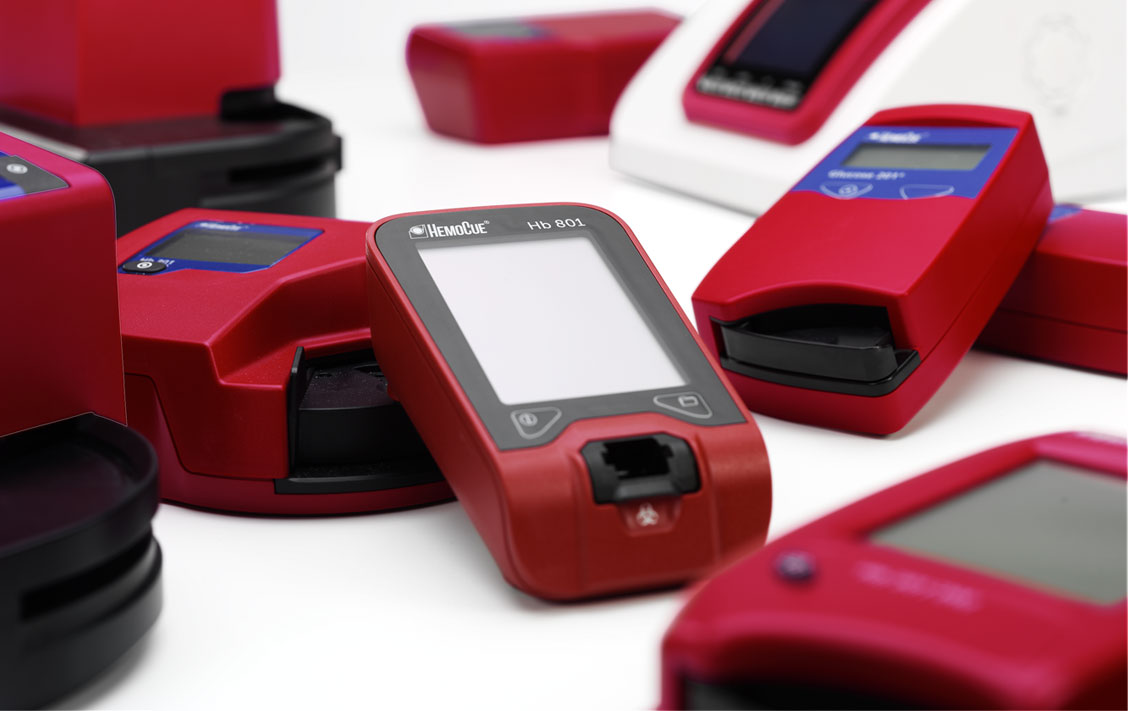

THE BUILDING BLOCKS OF INNOVATION
250 Patents and Counting….
Patents, copyrights and other intellectual property protections are often referred to as catalysts for innovation. They secure inventions developed by individuals or companies from being copied and provide incentives for further innovations. HemoCue has inventions in 40 patent families and has been granted 250 individual patents, as well as 80 design registrations.

THE FUTURE IS FILLED WITH OPPORTUNITIES FOR INNOVATION
We are Constantly Searching for Solution to Tomorrow’s Medical Challenges
At HemoCue, we are not content to sit still and bask in the glory of past successes. We know there is much to be done and continually face forward to help the medical community navigate the obstacles of tomorrow. Our teams are currently developing products to help solve pressing challenges, including solutions to improve hemoglobin measurement in intensive care units, metabolic disease areas, and methods for advancing diabetes care.

THE FUTURE IS FILLED WITH OPPORTUNITIES FOR INNOVATION
We are Constantly Searching for Solution to Tomorrow’s Medical Challenges
At HemoCue, we are not content to sit still and bask in the glory of past successes. We know there is much to be done and continually face forward to help the medical community navigate the obstacles of tomorrow. Our teams are currently developing products to help solve pressing challenges, including solutions to improve hemoglobin measurement in intensive care units, metabolic disease areas, and methods for advancing diabetes care.
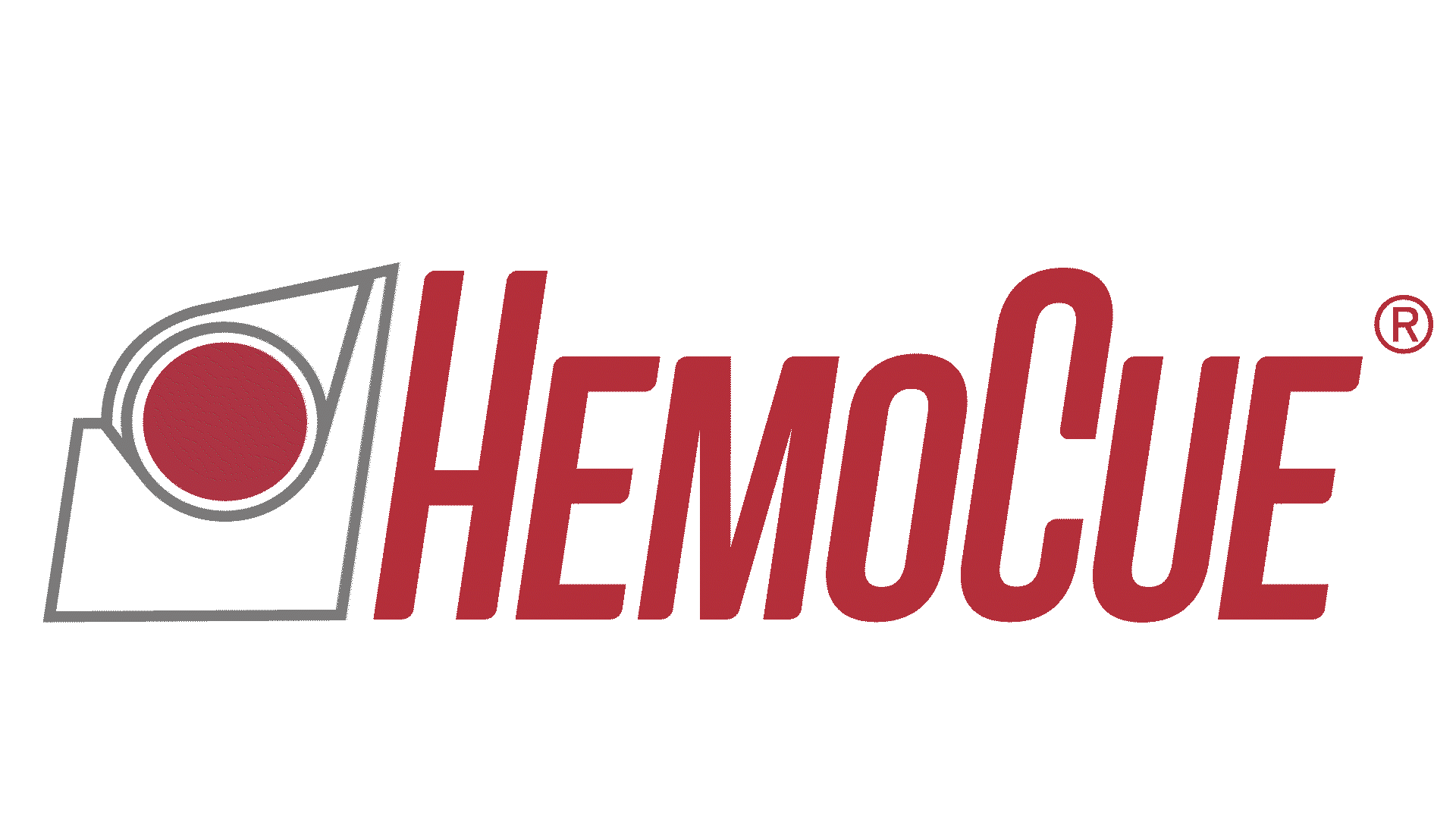

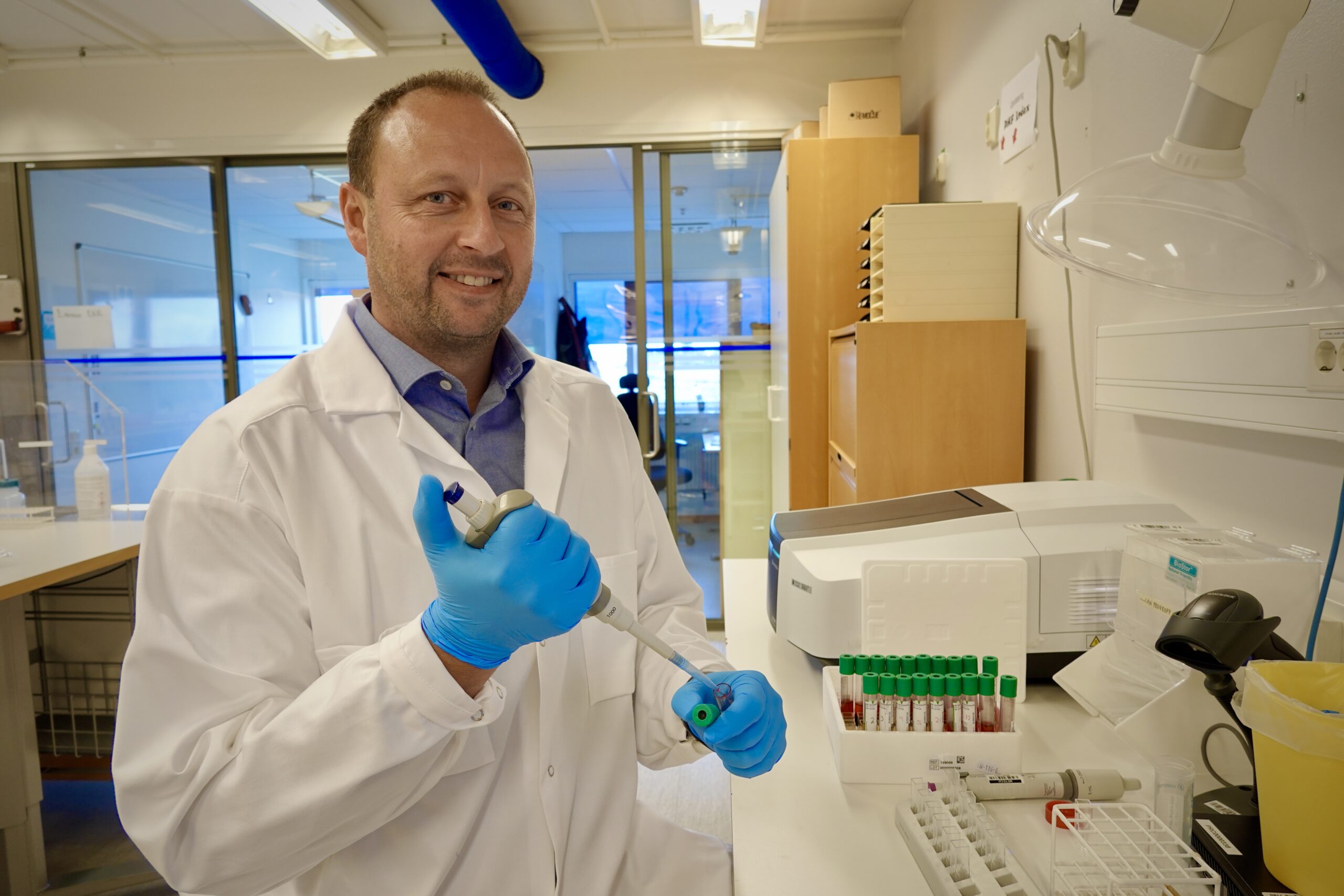
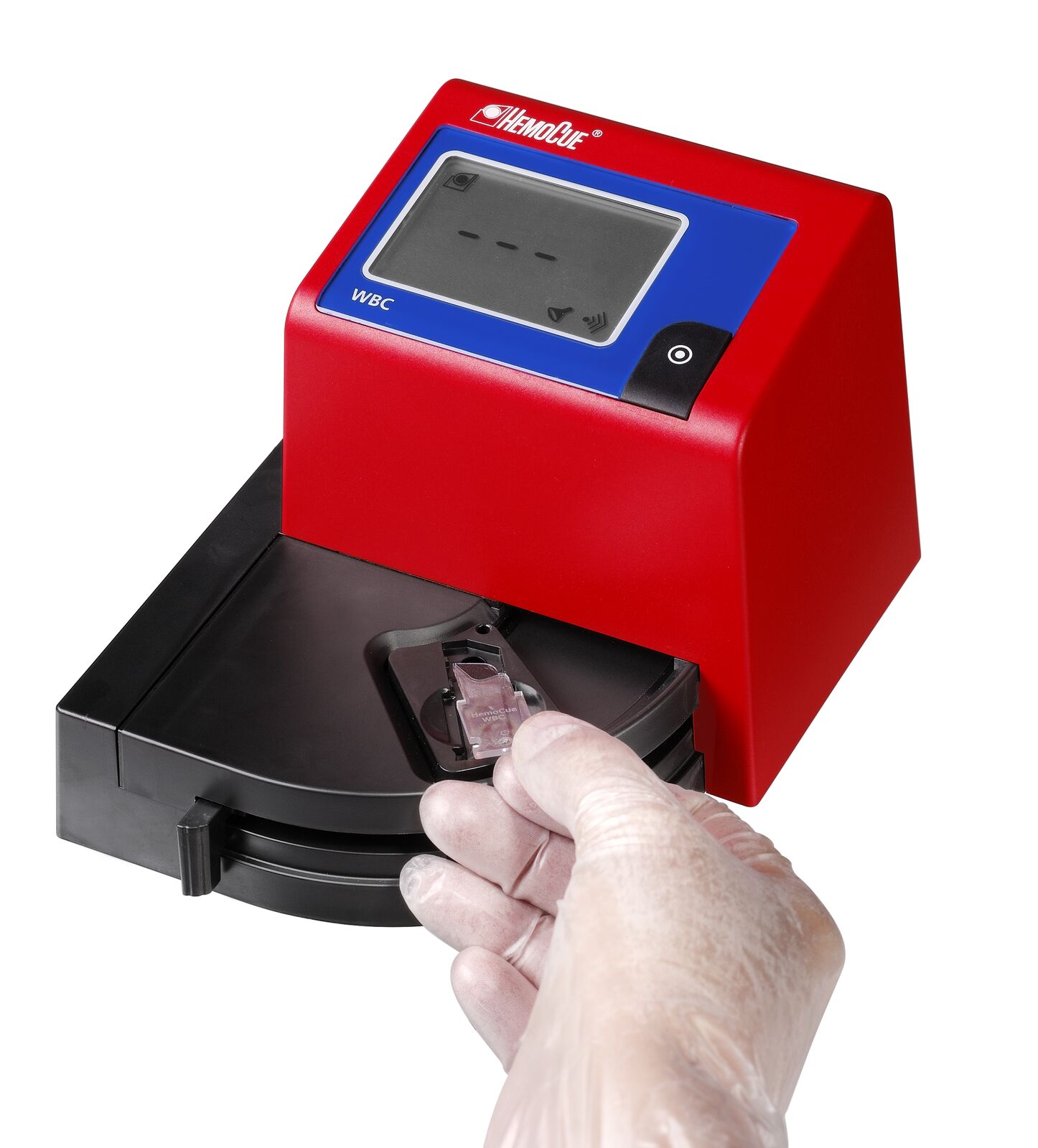 White blood cell count provides valuable information in the diagnosis or exclusion of an infection. Based on HemoCue’s microcuvette technology, the WBC system allows medical professionals to accurately determine total white blood cell counts right at the point of care.
White blood cell count provides valuable information in the diagnosis or exclusion of an infection. Based on HemoCue’s microcuvette technology, the WBC system allows medical professionals to accurately determine total white blood cell counts right at the point of care. The WHO called for reducing anemia by 50% in women of reproductive age, as part of its 2025 World Health Assembly Global Nutrition Targets. This made the assessment of anemia a global priority, and at HemoCue, we knew that we could make a difference. We launched
The WHO called for reducing anemia by 50% in women of reproductive age, as part of its 2025 World Health Assembly Global Nutrition Targets. This made the assessment of anemia a global priority, and at HemoCue, we knew that we could make a difference. We launched